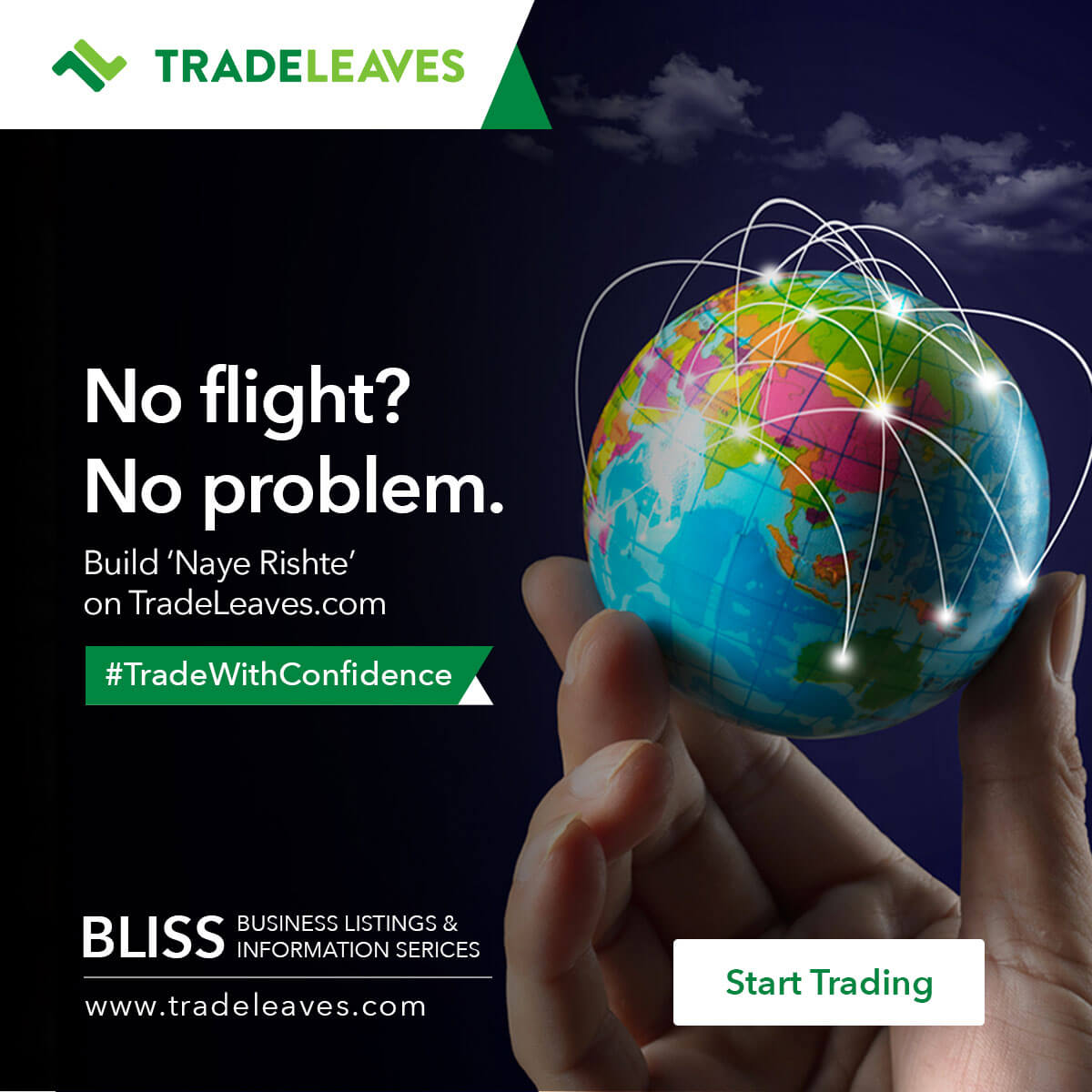Buyers who are looking to decrease costs, increase product quality, and grow their business are ready to consider importing from international markets. Ecommerce platforms are making it easier than ever to import, but it still comes with more challenges than domestic purchasing. The future of your business is at stake, so it’s crucial to understand the process, what can go wrong, and how to improve your success as a buyer. Here are ten steps that a buyer should take to start importing.

#1 – Conduct Market Research to Determine Demand
Identify potential customers and competitors to get a feel for the market. Take note of products, prices, and positioning to make sure your products will be differentiated from the competition. Analyze current and anticipated demand to ensure you don’t end up sitting on a large pile of inventory or material that you cannot move.
If you intend to import materials to manufacture products, study buying trends. Buyers importing from India, for example, are particularly interested in leather, electronics, plastic consumables, ready-made garments, jewelry, handicrafts, and fabrics.
#2 – Learn Limits or Restrictions on Planned Imports
Make sure you are actually allowed to import the goods you plan to bring into your home country. Limits on things like chemicals, medications, and trades between particular countries are common concerns. There are also limits that could impact your ability to bring a good in or affect the costs associated with importing.
For example, in the United States, some goods are subject to quota tariffs. These permit a specified quantity of merchandise to be imported until the quot for that period has been reached. After that, goods may still enter but are subject to a higher rate of duty.
#3 – Assess the Actual Costs of Planned Purchases
Buyers that are new to importing need to become familiar with the actual costs involved in an international purchase. These costs cut into your margins and need to be accounted for in profitability assessments. Transportation and insurance costs, duties, customs brokers, freight forwarders, and storage all need to be accounted for. Unexpected costs can also occur. If your shipment imported into the United States has to be examined, for example, there is a cost to bear that is the responsibility of the importer.

#4 – Assess Your Cash Flow Position or Financing Abilities
Importing has a different level of cash intensity than domestic buying. Shipping and transportation costs are much higher when buying internationally. For this reason, it is more cost effective to place fewer, larger orders than more frequent, smaller ones. Large orders require large payments. If your money is all tied up in import orders, you won’t have the cash needed to keep your business running. Consult with your financial advisors or bankers to make sure your business is ready for this new cash flow dynamic.
#5 – Understand the Risks Involved
There are risks involving quality and delivery that every importer should understand. The physical distance between you and your supplier could be great. That can make it challenging to perform quality control checks. If the quality fails to meet your standard upon delivery, returning over such a great distance takes significant time, if it is even allowed. Your receipt of goods could be time sensitive in order to meet manufacturing deadlines or seasonal demands. In that case, you may find yourself in a position where you are forced to accept inferior products.
Mitigate these risks by involving a quality inspector who can go on site to the supplier and inspect your orders prior to shipment. TradeLeaves provides such inspection services to their buyer members.
#6 – Learn About the Country You Plan to Buy From
Suppliers in foreign countries may have values, language, and cultural norms that differ from yours. The potential for misunderstandings and miscommunications is greater than in similar domestic dealings. Research and learn all that you can about how business is conducted in the country you plan to import from. Talk to other business owners who have experience and rely on the resources available to you through your chosen B2B ecommerce marketplace.

#7 – Get to Know Your Potential Suppliers
Buyers have to get to know potential suppliers. When dealing with a new supplier, absolute caution must be taken. Illegitimate suppliers can cost your business to the point of insolvency. To gain comfort and confidence in a potential supplier, take these protective measures:
- Communicate frequently early on, talking on the phone if possible.
- Ask for product samples. If none are available, consider that a red flag.
- Ask for customer references or rely on member reviews and ratings found within the Marketplace or BLISS.
- Look for a Verified Seal that guarantees the supplier has met certain minimum qualifications based on Marketplace standards.
- Demand terms that cover you for quality standards, late delivery penalties, and non-delivery safeguards.
- Have an inspector perform a quality check or site visit, as provided by TradeLeaves Professional Services.
- If you ever feel unsure, reach out to the TradeLeaves support team for input.
#8 – Educate Yourself About Incoterms
Incoterms refers to the terms of sale that are internationally accepted by importers and exporters. Incoterms do not establish price, payment, or title terms. They outline the responsibilities of buyers and sellers for the delivery of goods under sales contracts and they are globally accepted. Your use of them is not required, but working within these already established and understood terms can make for smoother transactions. Reading an Incoterms beginner’s guide is a good place to start.
#9 – Obtain Necessary Licenses
Your business may be required to have a license, permit, or other certification to import a particular commodity. Local or state authorities may have their own required permits or licenses, too. If importing into the United States, conduct research at USA.gov, on your local government website, Chamber of Commerce, or state government website. Most new importers rely on third-party experts like customs brokers to determine what, if any, licenses are required for a particular business.
#10 – Adhere to Customs Requirements
It is highly advised that new importers rely on the experience and know how of freight forwarders or customs brokers to help you meet all of the customs requirements pertinent to your transaction. TradeLeaves members can access verified brokers and freight forwarders who specialize in this type of work and can make this process go smoothly.
Local regulations will vary but when importing from India, you will need to fill in all the correct documentation, arrange shipping, clear customs and pay the required duties. In the US, documentation typically consists of a commercial invoice, arrival notice, freight bill, packing list and applicable customs forms.
The prospect of growing your business through importing is exciting. Get the support you need to be prepared within a community of buyers and suppliers at TradeLeaves.






